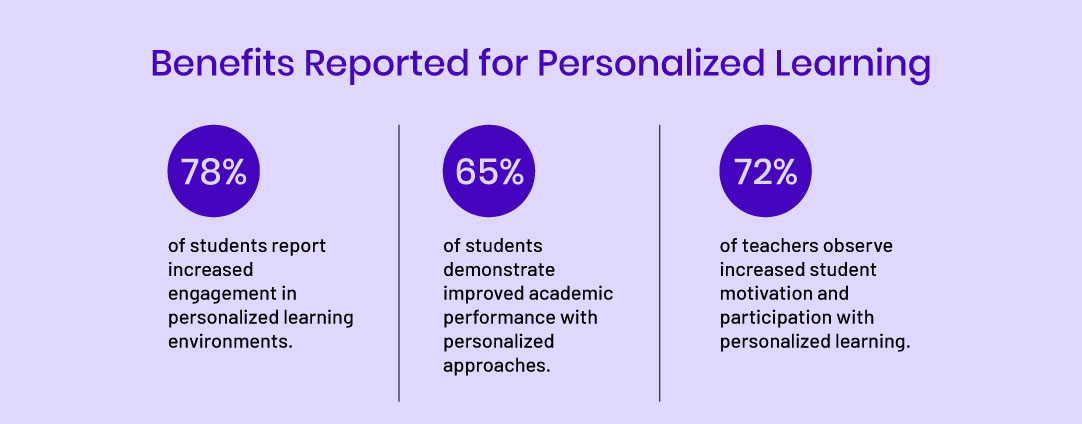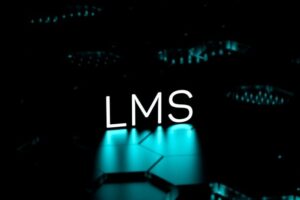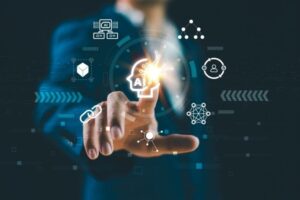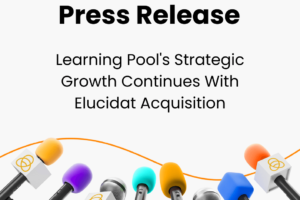
How Personalized Learning Platforms are Dismantling the Industrial Education Model
One-size, cookie-cutter curricula and impersonal learning journeys. That’s what traditional education looks like. This “factory model” is rigid and does not serve well in the increasingly digitized and expansive learning environments. Driven by high demand, the personalized learning market is forecasted to grow from $4.74 billion in 2024 to $14.15 billion in 2029. The way to capture this opportunity is by adopting interactive, personalized learning platforms. K-12 publishers with flexible, tailored, and interactive content will be well positioned to lead the market.
Is There Really a Problem with Content Standardization?
The one-pace, one-curriculum, one-path model is being increasingly questioned, given that this standardization has certain inherent flaws. It overlooks individual learning needs, accessibility issues, and preferences. This breeds inequity in access to quality education, which results in a lack of motivation and learner disengagement. This shows up as learning and achievement gaps in education. Personalized learning, on the other hand, has proven benefits.


Research shows that personalization is more than just a trend; it’s an imperative to delivering quality education for all. Personalized learning platforms are a necessary evolution for educational publishers to stay relevant in the long term.
What Differentiates Personalized Learning Platforms?
Personalized learning platforms deliver tailored experiences through dynamic learning journeys. These platforms leverage real-time learning analytics to identify the current needs and preferences of learners. For instance, offering timely support to grasp a concept taught in class or searching for supplementary resources to gain a deeper understanding of the concept. This also includes answering in-lesson questions that may arise while students learn at home. This ensures learning continuity and promotes autonomy, while learners benefit from ongoing support. This increases engagement, which translates into improved academic outcomes.
Learning analytics enable educators to gain a deeper insight into student needs and ensure timely interventions. These real-time adjustments can lower failure rates and drop-outs.
However, to be effective, personalized eLearning solutions require modular content and responsive lesson plans that adjust to individual learning journeys. Plus, AI-powered personalized digital learning platforms ensure that despite ongoing changes in the learning journey, the content remains aligned to learning goals and state and national standards.
It’s Time for Publishers to Pivot or Be Left Behind
Schools and educational institutions now expect tailored learning journeys. Static, linear student experiences no longer work. Schools are increasingly adopting responsive solutions that deliver personalized learning experiences. In an increasingly consumer-centric global marketplace, staying relevant for K-12 publishers means transforming pedagogy to meet the demands of students and educators by delivering personalized education through eLearning platforms. While personalization helps you win trust, employing AI in personalizing learning helps you create dynamic, responsive learning paths, aligned with real-time individual needs.
Key Capabilities for Future-Ready Publishers
The top features to add to your eLearning platform to meet the demands of personalized learning are:
Modular Content Formats
The foundation of learning paths that address the individual needs of diverse students is modular learning materials. They allow educators and intelligent platforms to re-sequence materials to personalize learning experiences.
Standards-Aligned Tagging
This ensures that the content precisely maps to learning objectives. It enables the building of flexible systems that dynamically adjust to learning goals.
Integrated Assessments
Truly personalized learning platforms support ongoing, tailored, formative evaluation. This embeds checks throughout the learning journey to identify learning gaps and foster adequate skill and knowledge acquisition.
AI in Education
AI plays several roles in education. AI-powered learning assistants, such as MagicBox’s KEA, can support students in the absence of a teacher. AI-powered assessment solutions can offer immediate feedback and recommend learning materials to enhance academic outcomes. Plus, AI-powered course authoring can expedite course development while easing compliance.
Real-time Analytics
Learning analytics enable educators to refine content and pedagogy to adequately support learners. These include metrics associated with student engagement, academic performance, and content quality.
Interoperability
Interoperability with LMSs, SISs, and rostering tools ensures that your interactive personalized learning platform seamlessly expands into a seamless digital learning ecosystem.
All these capabilities can help K-12 publishers build scalable and agile learning delivery models via personalized eLearning platforms.
Lead the Transformation
The factory model of education is obsolete. Personalized eLearning solutions are set to shape the future. With the global personalized learning market expected to grow exponentially over the next five years, the future’s already here. K-12 publishers still have an opportunity to stay at the forefront of this growth. The key is to create and distribute your learning materials through personalized interactive learning platforms that deliver responsive content, promoting equity and driving outcomes. Speak to the experts at MagicBox to discover how you can position your publishing house ahead of the curve.
Source link




